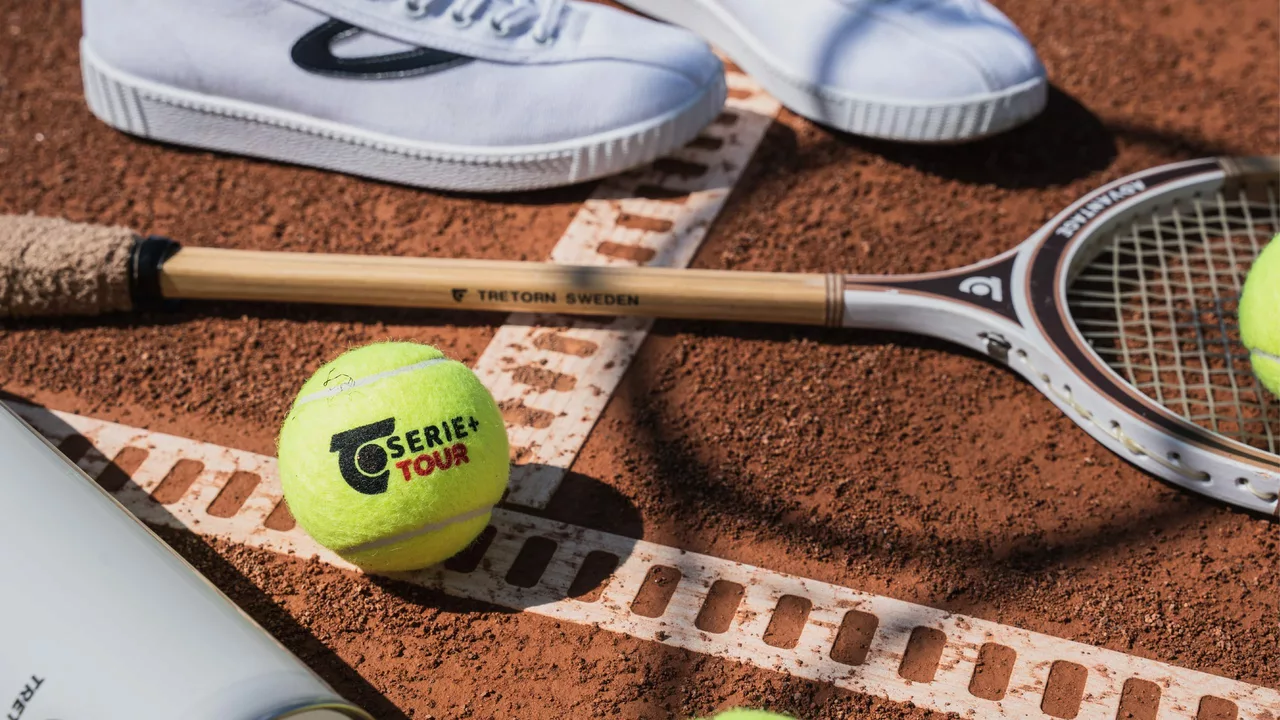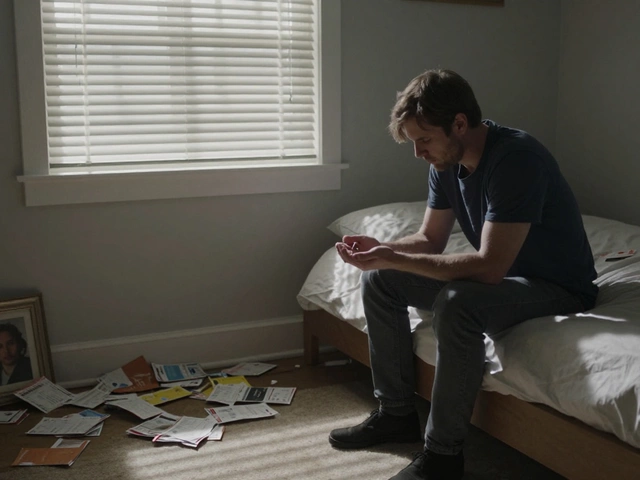Sports Equipment
When talking about Sports Equipment, any tool or gear that lets you play a sport, from balls and racquets to nets and shoes, you’re looking at the backbone of every game. Think of it as the physical language players use to communicate on the court. Whether you’re a weekend player or a club competitor, the right sports equipment can make the difference between a frustrating session and a thrilling rally. One of the most common pieces is the tennis ball, a small, pressurised felt‑covered sphere designed for bounce and speed on various courts. Its feel, bounce height, and wear rate are things every player learns to judge quickly. The way a ball behaves isn’t just about its brand; it’s shaped by how often you hit it, the surface beneath your feet, and the weather overhead. Understanding these links helps you pick the right gear, plan replacements, and keep your game sharp.
How Courts and Weather Shape Your Gear’s Life
The surface you play on – whether it’s hard court, clay, grass, or an indoor carpet – is a key court surface, the material layer that determines ball bounce, speed and wear patterns. A hard court offers a fast, true bounce, which tends to flatten a ball’s felt faster than a slower, high‑bounce clay. Grass, with its softer feel, can feather the ball’s outer layer, while indoor carpet often balances the two. This means the same tennis ball can last weeks on a low‑impact wood floor but only days on a high‑speed acrylic surface. Add to that the weather conditions, temperature, humidity and wind that affect ball pressure and felt durability. Hot, dry days push the internal gas out, making balls feel livelier but wear out quicker. Cool, damp mornings keep pressure stable but can make the felt feel heavier, reducing bounce. When you combine a fast court with high heat, the ball’s usable life shrinks dramatically – a fact serious players plan for by rotating fresh balls every few games.
Grasping these connections isn’t just academic; it’s practical. Knowing that a tennis ball’s lifespan drops from two months in casual play to a handful of games in a pro match helps you budget for replacements and schedule maintenance. Recognising that a switch from a clay court to a hard surface will accelerate felt wear lets you adjust your practice routine or stock extra balls. And being aware of how a sudden rainstorm can make a ball soggy and unplayable means you’ll have the right storage solutions on hand. Below, you’ll find articles that break down ball longevity, surface impact, and weather tips in plain language, giving you actionable insights to get the most out of your gear. Dive in and see how a little knowledge about sports equipment can upgrade every rally you play.


